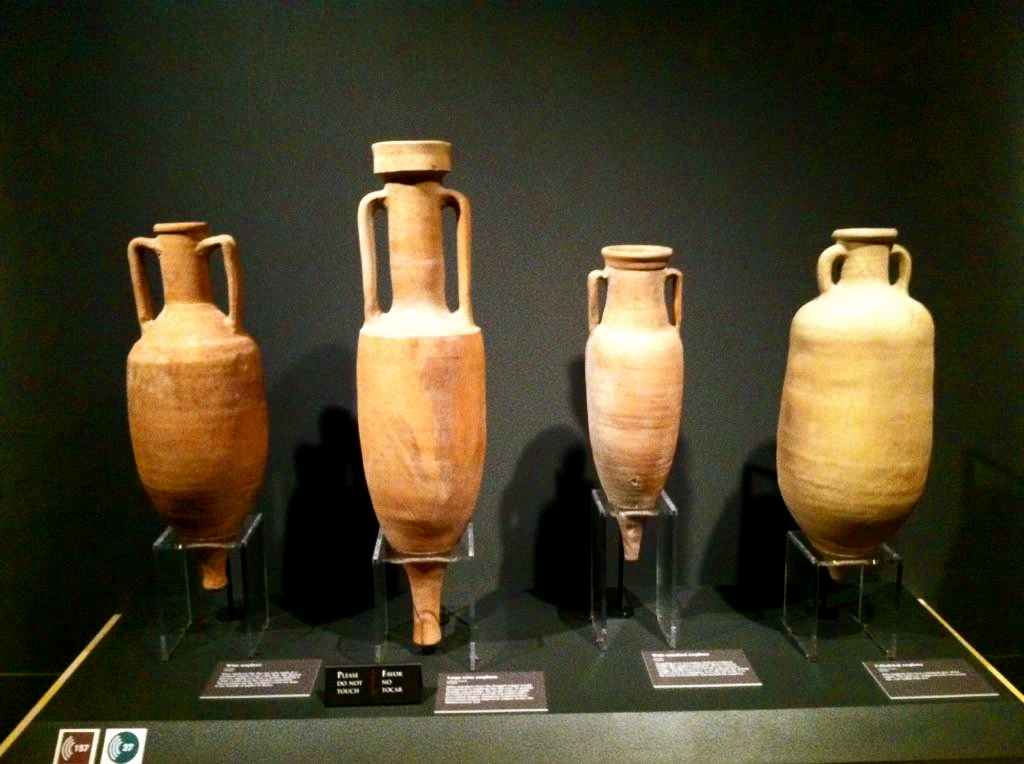Health care in the US is a touchy subject. Some people think that we should be letting the market take precedent, others think that the US Government should assist in controlling the price/access to health care.
My thesis for the research paper is this: A country that has access to universal healthcare is going to have less intrastate violence than a country that does not have access to universal healthcare. I have chosen the Wikipedia Health care in the United States for this blog post and will judge whether it will be useful for my paper this fall.
Sources:
There are over 200 sources that are listed on the article. Many of them are US Government websites and reports, some are from groups like UNICEF and WHO, some are from medical and financial/business journals, and some are news reports that have been on television and in newspapers. I’m sure that there is a plethora of reputable information I will be able to use and site, not only from this page, but from the provided sources.
Discussion:
The discussion doesn’t really have a lot going on, yet there are multiple groups and projects that have been keeping tabs on the article, making sure that vandalism is prevented and important work is being done on it. The article is also listed as a controversial article so the page is under watch all the time. Below are some of the rules of the page:
History:
I was surprised to see that the article was last updated in June. I would have expected that this article would have garnered more information. The statistics are up to date as of the most recent healthcare law so I will have to check on where the numbers are now. There have been, however, many edits by many well versed and educated authors. I do feel extremely comfortable using this article as a starting point for my research essay.





